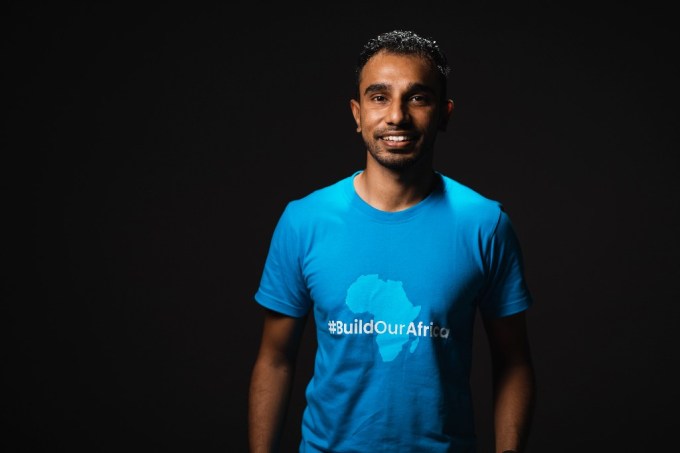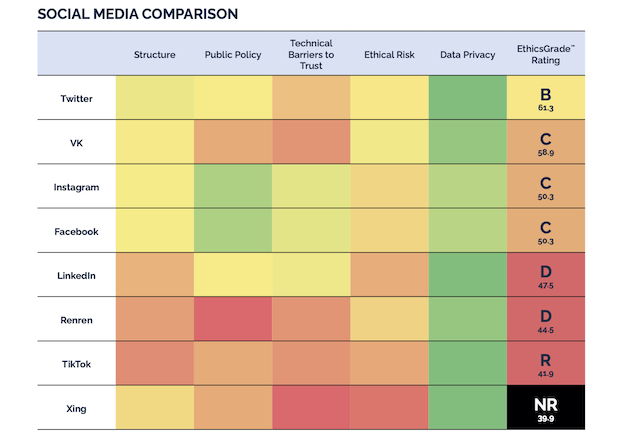News: Clocktower Technology Ventures makes $25M bet on Latin American fintechs
The fintech space and the Latin American venture scene are both booming. So it’s no surprise that an increasing number of global investors are investing in fintech startups based in Latin America. The latest is Clocktower Technology Ventures (CTV), the investing affiliate of Santa Monica, California-based macro investment firm Clocktower Group. Since launching in 2015,
The fintech space and the Latin American venture scene are both booming.
So it’s no surprise that an increasing number of global investors are investing in fintech startups based in Latin America.
The latest is Clocktower Technology Ventures (CTV), the investing affiliate of Santa Monica, California-based macro investment firm Clocktower Group.
Since launching in 2015, Clocktower Technology Ventures has invested in a total of 92 fintech companies in North America, Europe and Latin America — eight of which are in LatAm specifically. Those investments include Flink, a neobank, commission-free trading platform that recently raised a $12 million Series A; Habi, an iBuyer and listing service; Kushki, a digital payments processor; and ontop, an automated taxes, payroll and onboarding service for employers.
Now CTV is launching its first fund focused on investing exclusively in Latin American fintechs at the seed and Series A stages. The fund has a target of $25 million. Most of the capacity of the vehicle has already been taken by existing investors and a few strategics.
The firm is targeting about 40 investments out of the new fund “in the coming years.”
CTV Partner Ben Savage said the affiliate’s strategy for Latin America is consistent with its approach to its flagship funds.
“Across our investments, we’ve led zero deals, and we’ve taken zero board seats,” Savage said. “We expect to replicate this approach for our strategy in Latin America. We recognize it’s an unusual approach, but we believe we can add more incremental value by doing other things.”
By other “things,” the firm believes its ability to connect founders and startups to other players in the financial services space such as CIOs of “globally significant investors, hedge fund managers thought leaders and academics” can be even more beneficial than if it led a round or took a board seat.
CTV will be looking at consumer and enterprise companies in Latin America, across the “entire spectrum” of financial services, including insurance, payments, personal finance, lending and credit, asset management, real estate finance and banking.
“Some fintech VCs narrow the scope, we go the opposite direction,” Savage said. “We attempt to see as much as possible in the early-stage fintech landscape.”
CTV made its first investment in the region about one year ago (in Kushki).
“We had spent time before then getting to know the landscape and exploring it,” Savage told TechCrunch. “About six months ago, we realized just how good we believed the opportunity in Latin America to be, and we thought it made sense to pursue a purpose built financial innovation strategy in the region.”
CTV believes financial innovation in Latin America is “on the cusp of exponential growth” considering that a significant portion of the population is underbanked or unbanked. The COVID pandemic is expected to only accelerate the shift away from brick-and-mortar financial services there and everywhere, really.
The firm is also operating under the premise that “the oligopoly of financial services institutions has not been able to provide quality and robust services to its customers.”
“We believe this is partially attributed to regulation and market forces,” Savage said.
“In the same way the modern tech stack unlocked a wave of tech startups at a high velocity, new fintech entrants, we think, will change the competitive dynamics for the financial services industry, especially in a region like Latin America,” he added.
Also, the quality of entrepreneurial talent in the region has continued to grow, largely a byproduct of a number of well-established tech companies in the region (such as Rappi, Nubank and Loft) “having seeded the next generation of talent,” according to Savage.
“Some really exciting tech companies, all of which have a financial services angle to them, are spitting out teams of very talented engineers and operators — this trend we’ve seen occur in the same fashion in Silicon Valley, New York, Los Angeles, etc., has generated an ecosystem of fintech alumni that go on and do great things,” he said. “In fact, in some cases we see entrepreneurs who have been successful in the U.S. return home to Latin America to build a new company. We think over time a large cohort of the next wave of technology companies will be folks who spun out of great businesses.”
LPs in the new fund include institutions such as Hirtle Callaghan, an outsourced investment office for families and institutions that manages about $18 billion, along with hedge fund CIOs such as Alan Howard, Philippe Jabre, Glen Kacher and John Burbank’s Passport Foundation.






